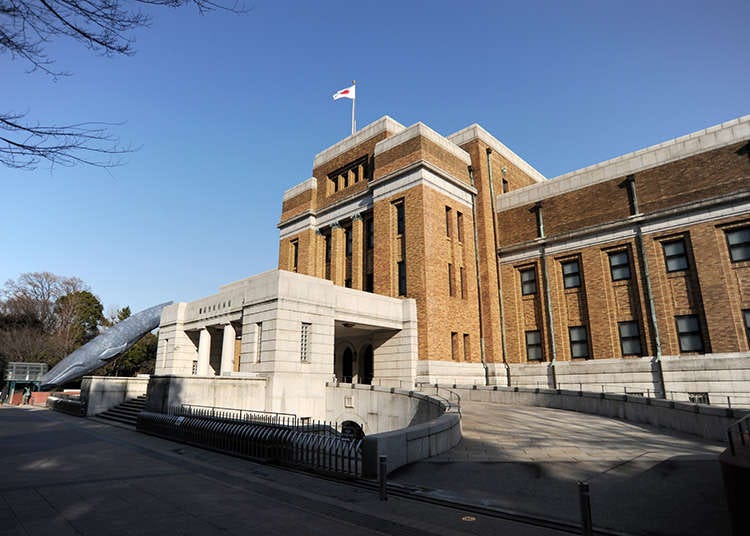
Historical treasures, contemporary art, and modern technology can be discovered and explored in the many great museums that Japan has to offer.
The Long History of Japanese Museums
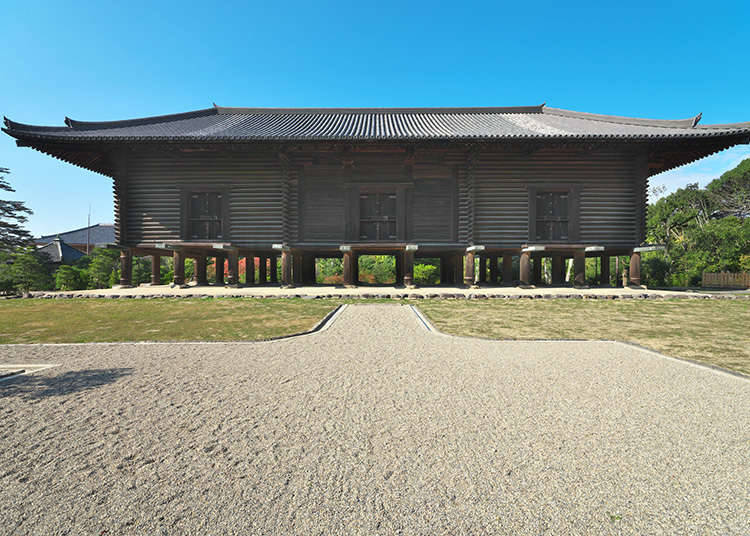
It is said that the history of museums in Japan dates back more than 1,000 years. Buildings such as the Shosoin at Todai-ji temple were used as facilities to preserve and collect books and other documents. During the Edo period, fairs for produce from around the country were held for research and exhibition purposes. Japanese who studied in the West during the late Edo to early Meiji periods translated the word "museum" into Japanese, thus popularizing the concept in Japan.
Museums with a History of Their Own
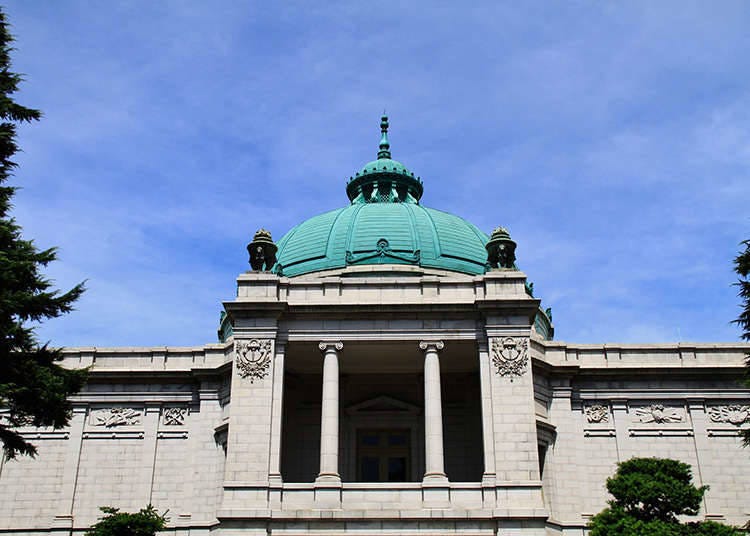
The oldest real museum in Japan is “Tokyo National Museum” in Ueno, Tokyo. In 1872, there was an exhibition held on this site which led to the building of the current museum. The Tokyo National Museum features many national treasures and important cultural properties from Japan and from all over Asia, including Buddha statues, swords, and Buddhist paintings.
Experience the Future!
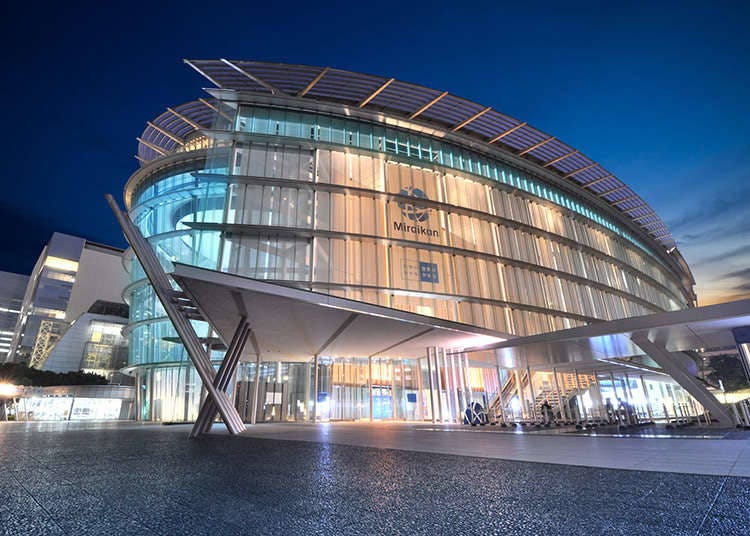
The National Museum of Emerging Science and Innovation, known as the Miraikan, lets you experience the future of the planet and ideas for life in outer space thanks to the use of cutting-edge technology. All of the exhibits, such as the androids, robots, astronomical telescopes, and space stations, help visitors learn about the power of science and its role in helping the development of humankind. Along with learning about Japanese technologies, you will be led to consider the eternal theme of what people today can contribute to future generations, to the future of our earth, and even the universe itself.
Learning about Atomic Weapons
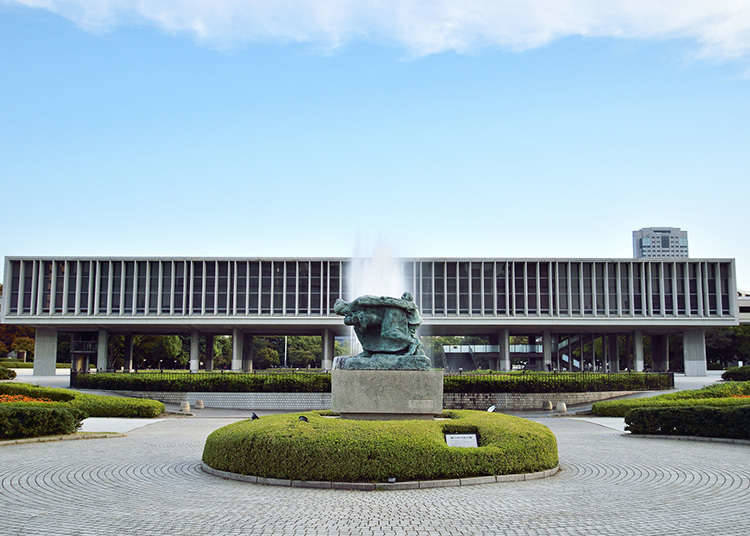
Japan is the only country in the world to have suffered the horrors of atomic weapons. These tragic events are remembered, explained and explored at the Hiroshima Peace Memorial Museum in Hiroshima, and the Nagasaki Atomic Bomb Museum in Nagasaki. Both have exhibitions depicting the cities on the day when the bombs were dropped, the effects of radiation exposure, and the process leading to reconstruction. Either of these museums will provide a deeply moving experience and give you a greater understanding of the importance of peace.
Museum Rules
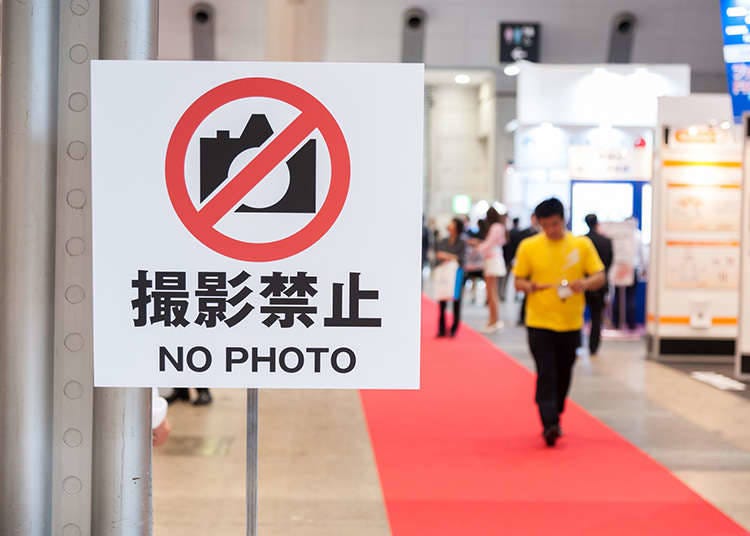
First, loud conversation and the use of mobile phones are prohibited. Please set your phone to vibrate (manner-mode). In order to protect the works of art on display, eating and drinking inside museums are also generally forbidden. For the same reason, both still and video photography are not permitted. Some museums even prohibit sketching the items on display. Each museum is different, however, so you should check with the staff — in some places it may be OK to take photographs. Some museums allow you to enter as late as 30 minutes before closing time.
- Category
*Prices and options mentioned are subject to change.
*Unless stated otherwise, all prices include tax.
Popular Tours & Activitiess
Recommended places for you
-
Goods
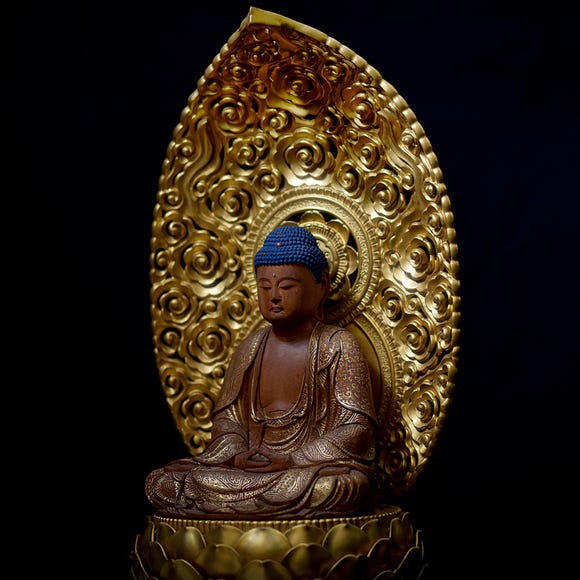
Yoshida Gennojo-Roho Kyoto Buddhist Altars
Gift Shops
Nijo Castle, Kyoto Imperial Palace
-

Kanzenkoshitsuyakinikutabehodai Gyugyu Paradise Sannomiya
Yakiniku
Kobe, Sannomiya, Kitano
-

Jukuseiniku-to Namamottsuarera Nikubaru Italian Nikutaria Sannomiya
Izakaya
Kobe, Sannomiya, Kitano
-

ISHIDAYA Hanare
Yakiniku
Kobe, Sannomiya, Kitano
-
Appealing

Rukku and Uohei
Izakaya
Sapporo / Chitose
-

Kambei Sannomiyahonten
Yakiniku
Kobe, Sannomiya, Kitano
-

2025 Japan Autumn Color Report: Northeastern Japan Nearing Peak
by: Timothy Sullivan
-

Enjoy Japan's Gorgeous Winter Lights! Ride the Romancecar to Shonan no Hoseki Illumination
by: Guest Contributor
-
Ad
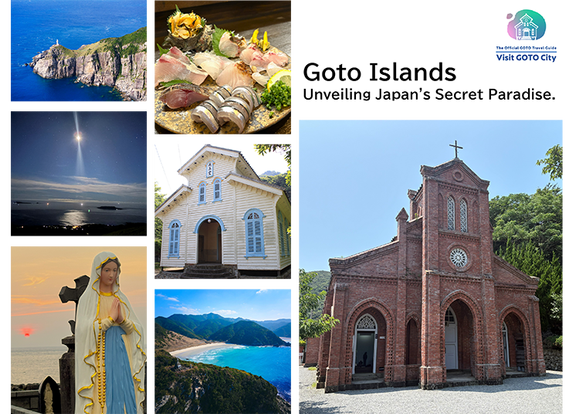
Walk in the Footsteps of Believers: A 4-Day Pilgrimage Across Goto Islands, Nagasaki Prefecture
by: Yohei Kato
-

Shopping, Dining & All-Day Fun! Your Complete LaLaport Guide + Exclusive Tourist Coupon
-

2025 Autumn Colors Report: Kurobe Gorge Nearing Peak
by: Timothy Sullivan
-

See Asakusa and Tokyo Skytree® in a New Light at the "Také Akari" Festival (Winter 2025-2026)
by: Guest Contributor
-

Togatta Onsen Guide: Best 6 Places to Indulge Yourself in Miyagi Prefecture's Magical Hot Springs Resort Village
-

Exploring Ainu Culture Traditions at Sapporo's Pirka Kotan Ainu Culture Promotion Center
-

Why Osaka Tennoji Zoo is So Popular with Foreign Tourists (Guide & Highlights)
-

Tokyo Midtown in Akasaka: The Five Must-Visit Spots
-

Tokyo Museum Brings 1,500 Years of Women's Clothing to Life at Japanese Fashion Exhibit
by: Kei Suzuki
-

Secrets to Shopping in Japan: Guide to Annual Sales in Japan & Where to Shop
by: Miyu Shimada
- #best sushi japan
- #what to do in odaiba
- #what to bring to japan
- #new years in tokyo
- #best ramen japan
- #what to buy in ameyoko
- #japanese nail trends
- #things to do japan
- #onsen tattoo friendly tokyo
- #daiso
- #best coffee japan
- #best japanese soft drinks
- #best yakiniku japan
- #japanese fashion culture
- #japanese convenience store snacks












